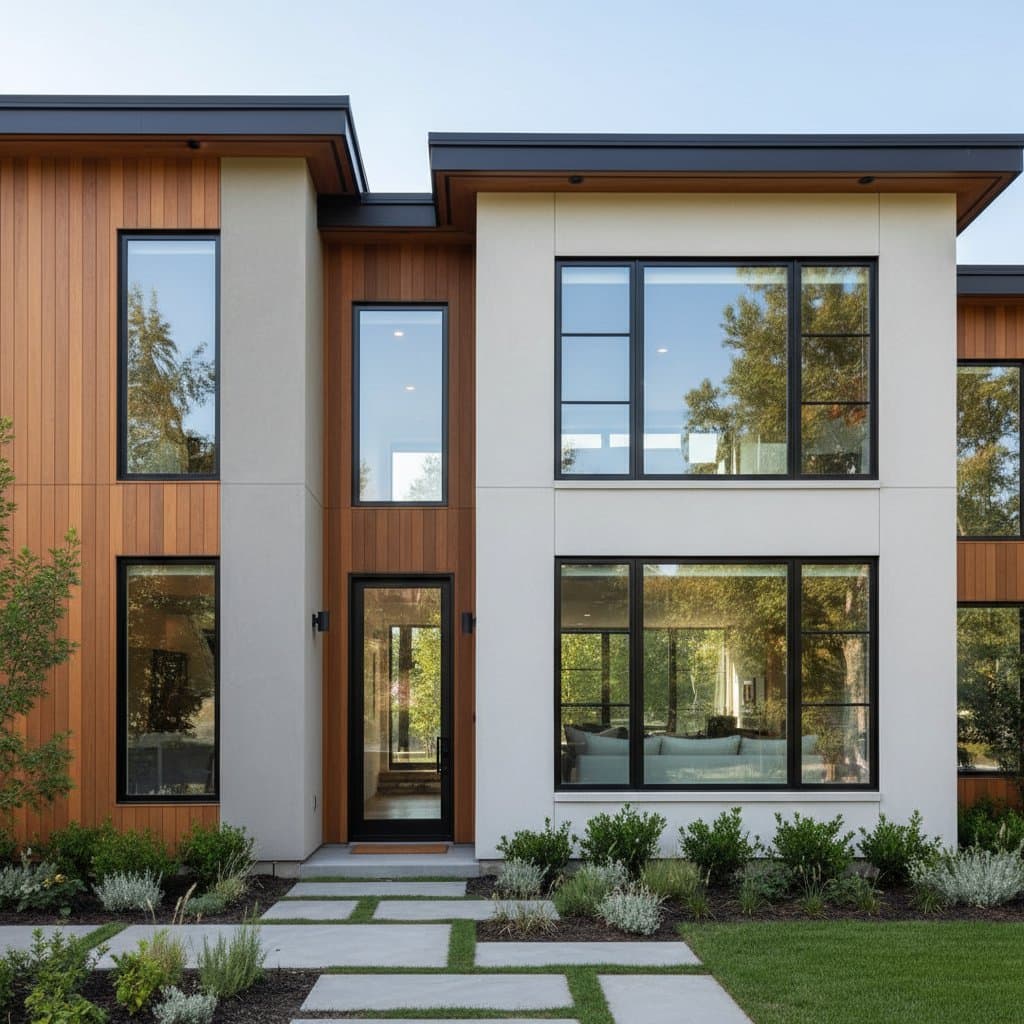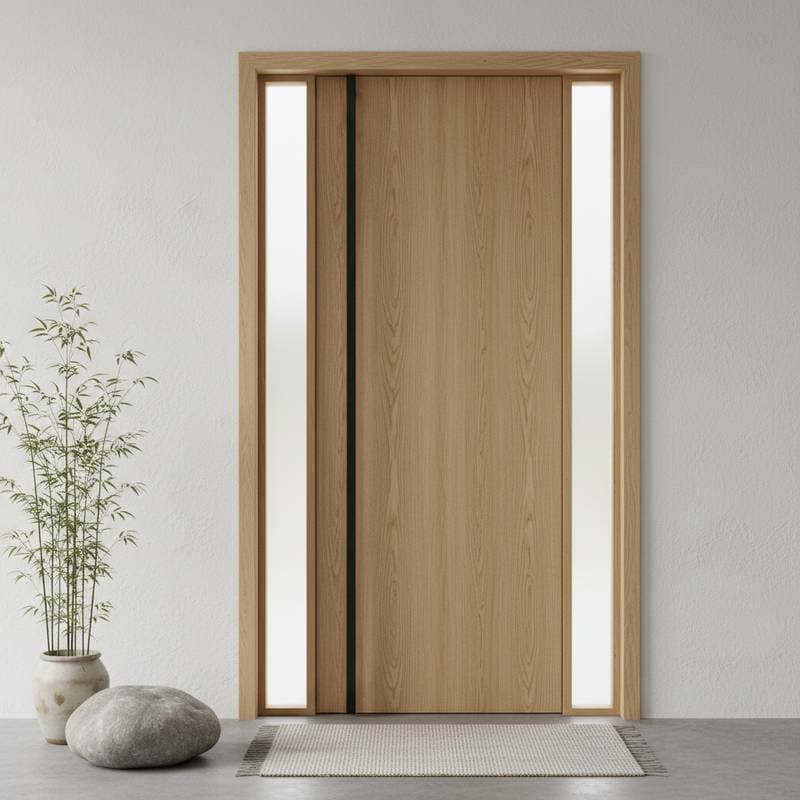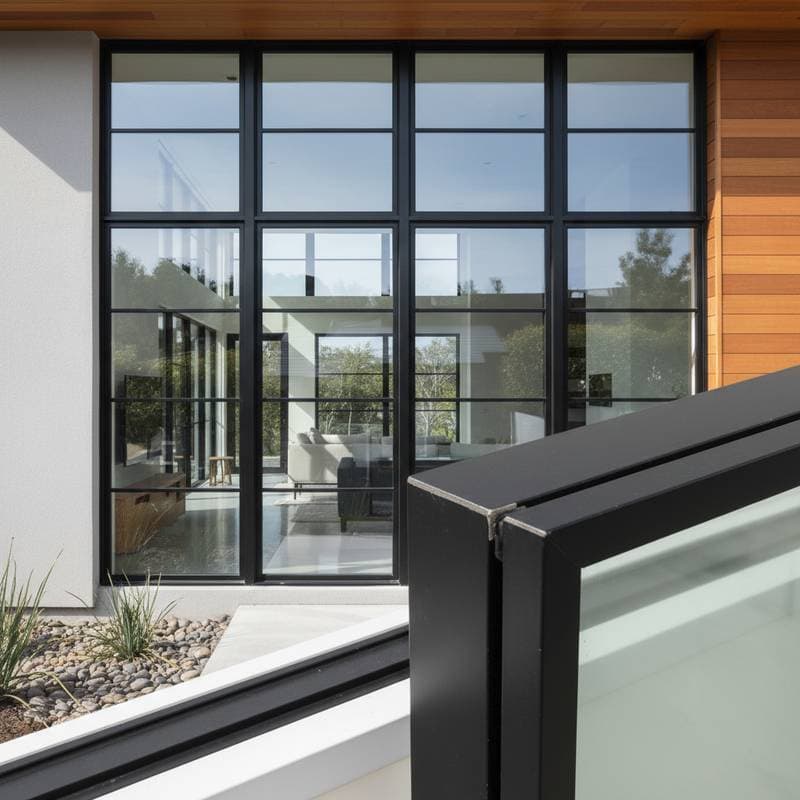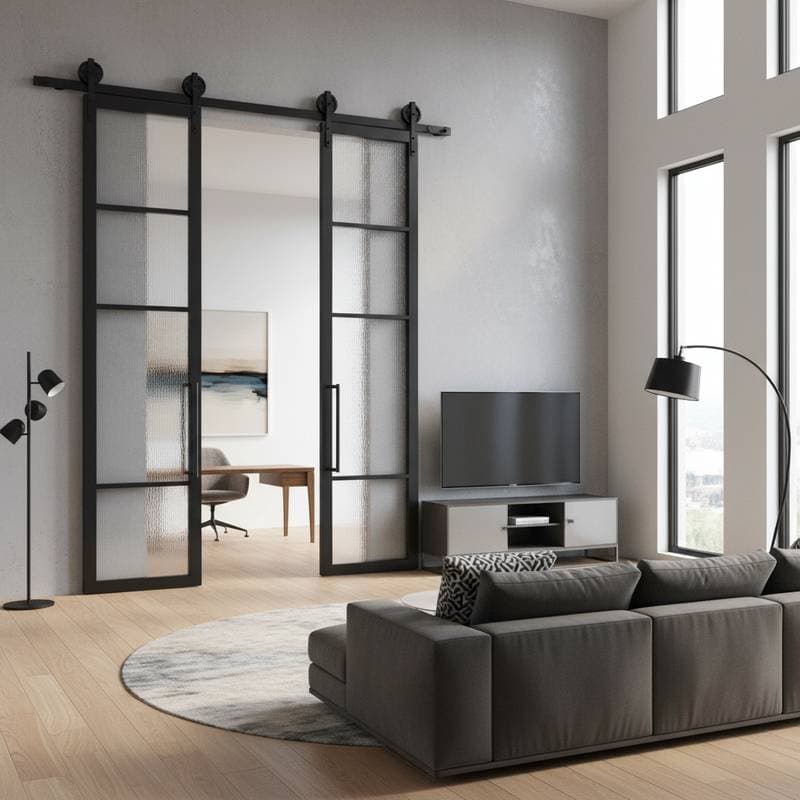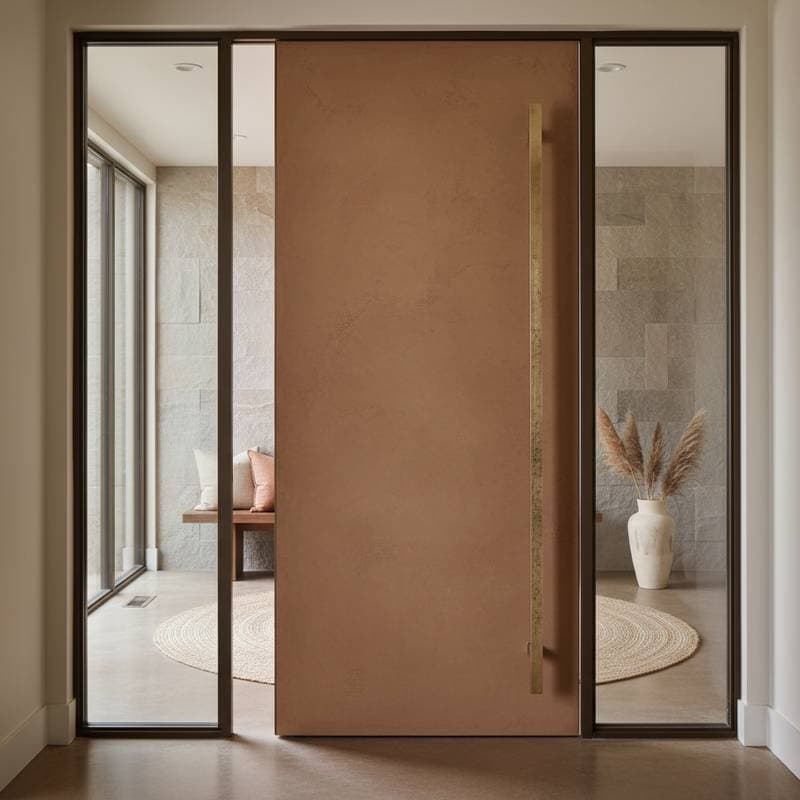Why Japandi Hardware Deserves Its 300% Premium in 2025
Japandi hardware stands out in the home improvement landscape for its subtle elegance, precise feel, and genuine material use. This style moves beyond fleeting trends to offer lasting appeal. Homeowners increasingly recognize the reasons behind its premium pricing, which can exceed standard options by 300 percent. The true worth emerges in craftsmanship, endurance, and the refined lifestyle it fosters.
Grasping the Japandi Philosophy
Japandi merges Japanese minimalism with Scandinavian functionality. In hardware, this creates items featuring sharp lines alongside natural textures. The core idea promotes purposeful design, where each piece serves its role without overwhelming the environment.
This approach influences material choices and finishing techniques throughout production. For residents, Japandi hardware symbolizes serenity and intentionality. A simple door pull transforms into an element of harmony, justifying the elevated cost through emotional and practical benefits.
Premium Materials and Expert Craftsmanship
High-quality Japandi hardware employs solid metals like brass, bronze, or stainless steel, finished in options such as brushed nickel or matte black. Hand-finishing introduces unique nuances to every piece, enhancing its individuality. The ergonomic design ensures comfortable grip, with rounded edges and balanced weight for effortless use.
Artisans dedicate extensive time to polishing and testing in limited production runs. This method yields flawless operation and beauty that endures for decades. In contrast, mass-produced standard hardware often lacks this refinement and reliability.
Longevity further underscores the value. These pieces resist rust, preserve their appearance, and handle repeated use effectively. The higher upfront expense pays off through reduced need for replacements and less environmental impact over time.
Evaluating Costs and Long-Term Benefits
At first, the price gap between Japandi and basic hardware seems significant. However, considering durability and satisfaction shifts the perspective toward better overall value.
| Option | Initial Cost | Lifespan | Maintenance | Ideal Use Case |
|---|---|---|---|---|
| Standard Hardware | Low | 5-10 years | Tightening, finish fading | Quick, budget-friendly changes |
| Mid-Range Hardware | Moderate | 10-15 years | Cleaning, minor finish care | Everyday functional upgrades |
| Japandi Hardware | High | 25+ years | Light dusting, soft wiping | Enduring style and performance |
Japandi finishes evolve with a desirable patina instead of degrading. Those who value seamless aesthetics and superior touch often deem the investment essential. The premium captures exceptional durability and unwavering design quality.
Seamless Design Harmony and Daily Influence
Japandi hardware pairs effortlessly with woods like oak or walnut and fabrics such as linen. Its clean profile suits contemporary or classic settings without dominating. This balance fosters tranquility in living areas, aligning with desires for peaceful homes.
In routine interactions, the hardware subtly improves well-being. A latch that glides silently or a drawer that closes gently minimizes disruptions. Reliable mechanics reinforce the order essential to minimalist environments, amplifying both visual and sensory appeal.
Ethical Production and Eco-Friendly Practices
Responsible manufacturing drives much of the premium. Producers prioritize recycled metals, eco-conscious finishing, and minimal packaging waste. These steps align with Japandi principles of thoughtful consumption and raise production expenses accordingly.
Budget hardware typically relies on low-grade materials and large-scale output, risking quality issues and ecological harm. Japandi methods counteract this by promoting longevity and fewer discards. Environmentally aware individuals find added worth in this sustainable ethos.
Precise Installation Techniques
Japandi hardware demands accurate setup due to its fine details and exact specifications. Engage skilled professionals to guarantee proper alignment and operation. Experts in upscale projects account for these nuances during planning.
Follow these steps for success:
- Evaluate door dimensions, hinge positions, and pull locations.
- Mark and double-check drilling spots for even placement.
- Employ suitable tools to prevent surface damage or loose fits.
- Test for free movement, secure closure, and pristine finishes.
- Wipe down with a soft cloth to eliminate any marks.
Such attention safeguards the hardware's performance and appearance from the start.
Simple Upkeep for Enduring Appeal
Care for Japandi hardware involves basic routines. Dust regularly and clean with a mild cloth to sustain the finish. Steer clear of abrasives or strong solvents that might harm the protective layer.
Certain finishes, like untreated brass, gain character through natural aging. For mechanisms on sliders or cabinets, apply lubricant sparingly to moving parts. This approach keeps the hardware stable and attractive with minimal effort.
Weighing Investment Against Personal Needs
Selecting Japandi hardware involves assessing finances, style preferences, and emotional resonance. While the initial outlay may challenge some, it rewards those focused on sustainability and elegance. The hardware promotes efficient, serene routines that enrich everyday life.
Consider residency duration, renovation frequency, and priority on sensory details. Short-term spaces may not warrant the expense, but permanent homes gain from the unified sophistication it brings.
Emerging Trends in Demand
Interior specialists note growing interest in serene, nature-infused designs. Japandi resonates with this shift toward balanced surroundings. Brands now offer varied hues and textures while upholding core simplicity and quality.
Small-batch creation sustains higher prices through rigorous inspections. This scarcity preserves genuineness and avoids dilution, appealing to those seeking distinctive elements.
Selecting and Integrating Effectively
To determine if Japandi fits, review your current decor. Ornate details might clash; opt for hybrid styles to bridge gaps. Neutral, streamlined rooms welcome it naturally.
Key factors include:
- Budget allocation to visible spots like entry doors and kitchen pulls.
- Finish choices that harmonize with floors, walls, or lights.
- Ergonomic testing for ease across users.
- Durable options that mature attractively.
Thoughtful choices maximize the hardware's impact and pleasure.
Achieving Cohesive Outcomes
For optimal Japandi integration, align hardware with doors and accents. Collaborate with designers for balanced scaling and fit. Test samples to confirm color and feel matches. Adhere to provided care guidelines to preserve excellence.
Those who regard hardware as a blend of touch and sight discover profound satisfaction in Japandi's subtlety. The premium embodies premium materials, skilled work, and a commitment to serene, authentic living.


